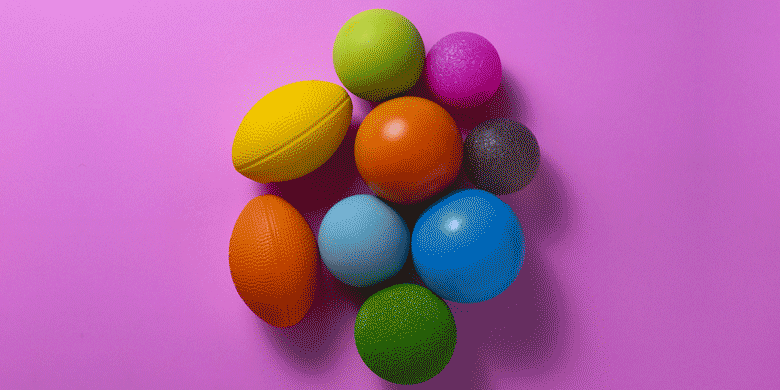
6 December, 2022
Custom Promotional Stress Balls: How They're Made and Why They Work
Custom stress balls are an excellent marketing tool that you can use to build relationships with your customers and clients, help generate brand awareness, and educate consumers about your business or industry. But how exactly are custom stress balls made? And what does the manufacturing process have to do with their effectiveness?
The 4 Steps in Manufacturing Stress Balls
Your stress ball can be any colour, but remember that different colours will be less cost-effective. Take a look at your logo design as well — if it’s too complicated to reproduce, you might have to alter it for production. If your budget is tight, we’d recommend sticking with three colours (one for each side) to save on costs. Note that all four steps are necessary for a quality product — cheap and fast aren’t always synonymous.
1. Creating Mold
This will be the first process of making stress balls. There are plenty of material options, like silicone or urethane rubber. Still, if you need translucent materials, the shape has to be outlined first because light needs to shine through the mould parts where there isn't any material.
2. Filling Mold
Now comes filling up the mould with liquid rubber. The temperature of the rubber must be about 100 degrees Fahrenheit when poured into the mould; this prevents air bubbles from forming inside and makes for a better-finished product overall.
3. De-Moulding Product
After about 10 minutes, some bubbles rise from the bottom of your newly formed custom stress balls. Once these are gone, you'll need to remove the plastic covering before unmoulding the stress ball.
4. Packaging
Once everything's set up, use the gloves and give your new product a little squeeze. Make sure it's firm enough that it won't break easily but not so hard that someone could hurt themselves while playing with it. That's how stress balls are made.
Why do Stress Balls Work?
A lot of people think that our brains release endorphins in response to pain — which would lead us to believe that something like self-harm should cause feelings of pleasure instead of pain.
However, recent studies show that our brains react to these two situations very differently. When somebody performs self-harm, they experience physical pain, social rejection, and bullying behaviours (which release adrenaline). Physical pain stimulates the release of endorphins, creating pleasurable sensations to balance the physical pain.
Social rejection creates dopamine receptors which cause emotional distress and anxiety. These emotions both produce negative sensations which don't balance out anything, thus resulting in anxiety and depression.
So now you may be wondering how that applies to a stress ball. When somebody squeezes a custom stress ball, it stimulates the natural instinctive reflexes designed for easing tension, like rubbing or tapping oneself on various body parts such as arms or thighs.
Tips to Keep in Mind When Ordering Stress Balls
The key to stress balls' success is finding a certain material that feels right in your hand. There are three major ways of making stress balls; injection moulding, compression moulding, and casting. The cheapest way to produce them is by casting, but they tend to fall apart quickly.
References
https://www.health.harvard.edu/mind-and-mood/endorphins-the-brains-natural-pain-reliever
The Stress Balls Only Team




